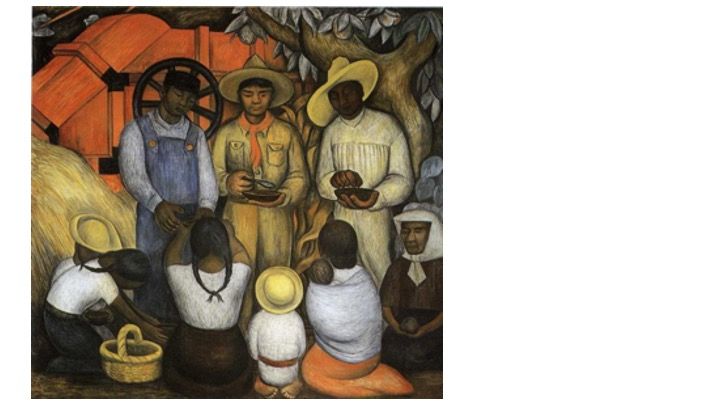
Today’s online edition of The American Purpose – an indispensable centrist voice pondering the contemporary condition of government, politics, and the arts – includes a piece of mine inviting dialogue on a topic people don’t dare talk about – the insistence that arts institutions necessarily serve as instruments for social justice.
You can read the whole article here. What follow are excerpts:
I am thinking especially of the charitable foundations that have decided to stop funding the arts, or to only fund arts activities that explicitly promote diversity, equality, and justice. This is the reductionist notion that has steered philanthropic giving away from traditional “high culture.” . . .
But insisting that plays, paintings, and symphonies expressly serve social justice quite obviously risks marginalizing the arts by erasing part of what they stand for. . . .
I have long been the recipient of communications from silenced voices – creative and performing artists who fear reprisal if they speak out loud:
“The foundations are pitting the arts community against itself.”
“Foundations today are behaving as blunt instruments . . . To me, the most profound fallacy is the notion that there’s not enough money to do both – to serve social justice concerns and to maintain contact with our past cultural pillars.”
“I believe the foundations are engaged in a form of blackmail. The way to get other people to even consider your point of view is not by legislating morality. It disrespects the power of religion, or of art — if you believe that art has the power to bring people together. In the case of evangelicals and today’s charitable foundations – they’re trying to alter the essential DNA of religion and of culture in order to prove ‘relevance.’”
“We are in a period of calling out and shaming – and the foundations are following the activists. Of course, you have to start somewhere, and certainly this is a starting point that will see results. People understand that. But it’s my impression that we’ll move from the understandable to the upsetting pretty quickly. We all know we can’t go back to the way things were. That doesn’t mean we should burn everything down. We must move forward in a more enlightened way, with greater understanding of how our structures caused harm.” . . .
One version of the rejection of “high culture” goes like this: “The arts are thriving today in communities all across the United States. It all depends on where you look.” . . . This conviction observes a surging political art, passionately fixed on issues of diversity and inclusivity. But is this sufficient for art to “thrive”? . . .
Instead of the loaded high/low distinction, consider juxtaposing art that endures with art that proves transitory. To be sure, transitory art has its place. But cultural memory, when it sticks, is an indispensable source of ballast, whether personal, communal, or national. A crucial ingredient, increasingly elusive, is a usable past: roots in common. In fact, we can only escape the past – its sins and omissions – by embracing it. And this, traditionally, is a vital task for the creative artist in every field. It is part of what makes political art matter. . . .
Does art serve social justice? Does social justice serve art? My own impression is that much of what today passes for politically aroused art fails to transcend journalistic agitation. It does not linger in the mind and heart. It does not furnish the ballast associated with great literature and music, paintings and sculpture. That equation is traditional. It may also be indispensable.

Thank you for this. Coincidentally I just posted my own thoughts on this on my blog, No Dead Guys. I never share links to my own site in comments, but you will find quite a few parallels to your thoughts, especially your final paragraph about art serving social justice. Thank you again for this.
https://www.nodeadguys.com/a-piano-blog/pianists-and-the-rise-of-the-citizen-artist